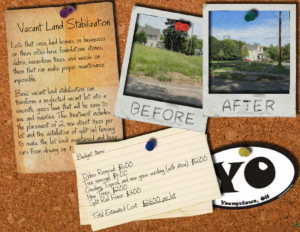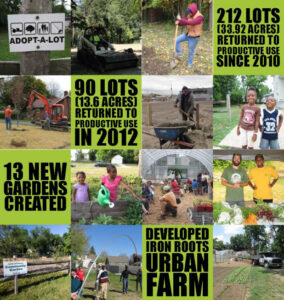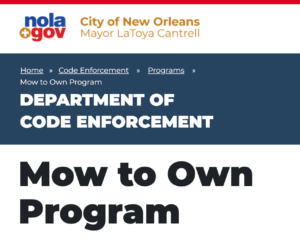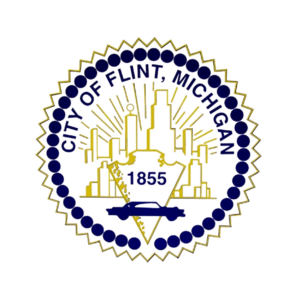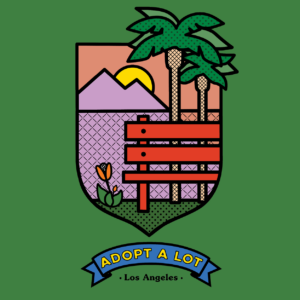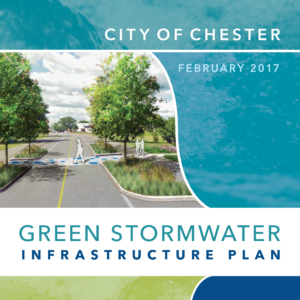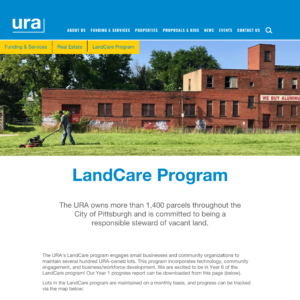Vacant Land Elements Examples
Vacant land stewardship requires four fundamental elements: knowing your community’s context, having clear goals and plans, committing to collaboration, and enacting facilitative policies. These four elements will look different in every community, but they are all critical components of implementing successful vacant land stewardship. To learn more about these elements and discover some next steps for your community's learning journey, explore the element examples below.
Element Type
Organization
University of Missouri Extension, Division of Applied Social Sciences
This report provides an overview of urban agriculture and local food system resources and practices across the United States and parts of Canada, with a primary emphasis on providing resources that can encourage and support urban agriculture in Missouri’s metropolitan areas.
Read More »Youngstown Neighborhood Development Corporation
The Youngstown Neighborhood Development Corporation (YNDC) has produced a number of planning resources and guides to assist neighborhood groups with grassroots efforts to stabilize neighborhoods.
Read More »Youngstown Neighborhood Development Corporation
Lots of Green was the Youngstown Neighborhood Development Corporation (YNDC)’s vacant land reuse program, which operated cleanups and volunteer workdays in strategic neighborhoods, as well as vacant land reuse classes, microgrant programs, and competitions that catalyzed new projects around the city.
Read More »Detroit Vacant Property Campaign
The Vacant Property Toolbox provides a broad overview of considerations in working collaboratively to reduce vacancy, and includes strategies for community organizing, marketing, and managing vacant lots. Community organizations may find this handbook useful in addressing vacant properties, while residents may find some of the organizing and planning information useful as they navigate working to address vacancy as individuals.
Read More »City of New Orleans
New Orleans’ ‘Mow-to-Own’ Program invites homeowners adjacent to blighted lots to apply to take care of the empty spaces with the goal of purchasing them down the line.
Read More »Grow Pittsburgh
Liability insurance is often required to access land — such as the vacant lots owned by the City of Pittsburgh — or to participate in certain programming A Commercial General Liability (CGL) insurance policy is the first line of defense against many common claims (such as bodily injury or property damage) that could occur in a community garden or on other sites included in the policy.
Read More »City of Flint
In 2017, the City of Flint amended its zoning ordinance to create new designations, including a designation that recognizes green reuse as the dominant land use strategy in certain areas of the city.
Read More »Free Lots Angeles collective
Adopt-A-Lot is a pilot program that enables community groups in park-poor Los Angeles neighborhoods to adopt city-owned vacant lots and transform them into community-serving public spaces.
Read More »City of Chester
The City of Chester Green Stormwater Infrastructure (GSI) Plan provides a framework to manage stormwater with methods that contribute to safe, attractive, and more resilient neighborhoods and complements the City’s Climate Adaptation Plan.
Read More »Pittsburgh Urban Redevelopment Authority
LandCare engages small businesses and community organizations to maintain several hundred publicly owned vacant lots in Pittsburgh, Pennsylvania.
Read More »Cornell University Legal Constructs Lab
The National Zoning Atlas enables users to visualize the prevalence and nature of regulatory constraints, particularly on housing. The Zoning Atlas is an important tool to help people understand what their local zoning codes say; compare codes across jurisdictions, illuminate regional and statewide trends, and strengthen national planning for housing production, transportation infrastructure, and climate response.
Read More »City of Danville
The City of Danville zoning ordinance provides a number of useful tools for vacant lot development, including allowing urban gardening in most districts with a special permit, and creating a designation for districts where new development will infill parcels with vegetation and landscaping.
Read More »Grandmont Rosedal Development Corporation
The Grandmont Rosedale Development Corporation (GRDC)’s Vacant Property Task Force is a resident-led initiative to target and prevent blight and vacancy in the five neighborhoods GRDC serves. Working closely with resident volunteers, the task force monitors vacant homes with the goal of ensuring that every property is properly maintained.
Read More »City of Baltimore
Open Baltimore is an online data portal that provides the public with access to hundreds of datasets and interactive dashboards, including a Vacant Building Dashboard. The Vacant Building Dashboard shares data on the number of vacant building notices, building rehabs, and demolitions. The data can be sorted and filtered by geographic bounds, time increments, and even “housing market typology.”
Read More »Baltimore Environmental Equity Partnership (BEEP)
Baltimore Environmental Equity Partners (BEEP) aims to foster cross-sector collaboration to improve community and environmental well-being and sustainability in neighborhoods of East Baltimore. BEEP is comprised of nonprofit and government organizations working on community development, community organizing, environmental and health advocacy, and social justice.
Read More »Allegheny Green Web Collaboration
The Allegheny Green Web Collaboration is a network of more than 20 nonprofit recreation and conservation organizations with a vision for connected parks, open spaces, and trails throughout Allegheny County to enhance the quality of people’s daily lives, promote healthy living, and encourage increased engagement with nature. The collaboration manages a website providing an interactive narrative of their efforts.
Read More »PA Department of Conservation and Natural Resources and PA Downtown Center
Developed through a partnership between the Pennsylvania Department of Conservation and Natural Resources and the Pennsylvania Downtown Center this handbook provides strategies for communities to utilize their natural, outdoor recreational resources as assets to grow and enhance their community and economic development.
Read More »East Trenton Collaborative
The East Trenton Neighborhood (ETN) Brownfields Area-Wide Plan provides site-specific recommendations for 12 brownfield sites with an emphasis on two catalyst sites that have the greatest likelihood of development and impact. Cities dealing with high rates of vacant land and contamination may find this plan helpful in understanding the opportunities and challenges of putting properties back into productive use in a safe and healthy way.
Read More »Trenton Neighborhood Restoration Campaign
In 2014, the Trenton Neighborhood Restoration Campaign (TNRC) organized the first truly comprehensive, parcel-level survey of all the vacant properties in Trenton — mapped, published, and updated on this interactive website. The TNRC also organized residents and local groups to draw attention to the problems caused by vacant and abandoned properties.
Read More »Grounded in Philly
The Vacant Land 215 Toolkit is a guide for both new and current gardeners in Philadelphia looking to use land productively, understand how to gain legal access to City-owned vacant spaces for community food production or open space, or understand what legal protections are available for existing community gardens.
Read More »